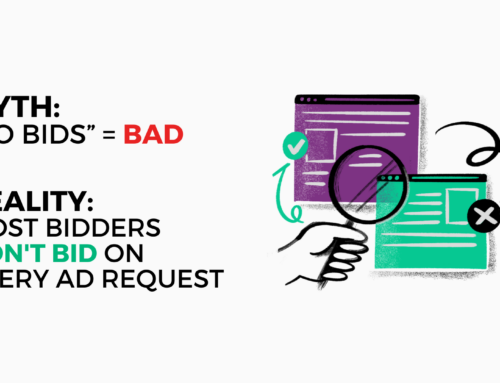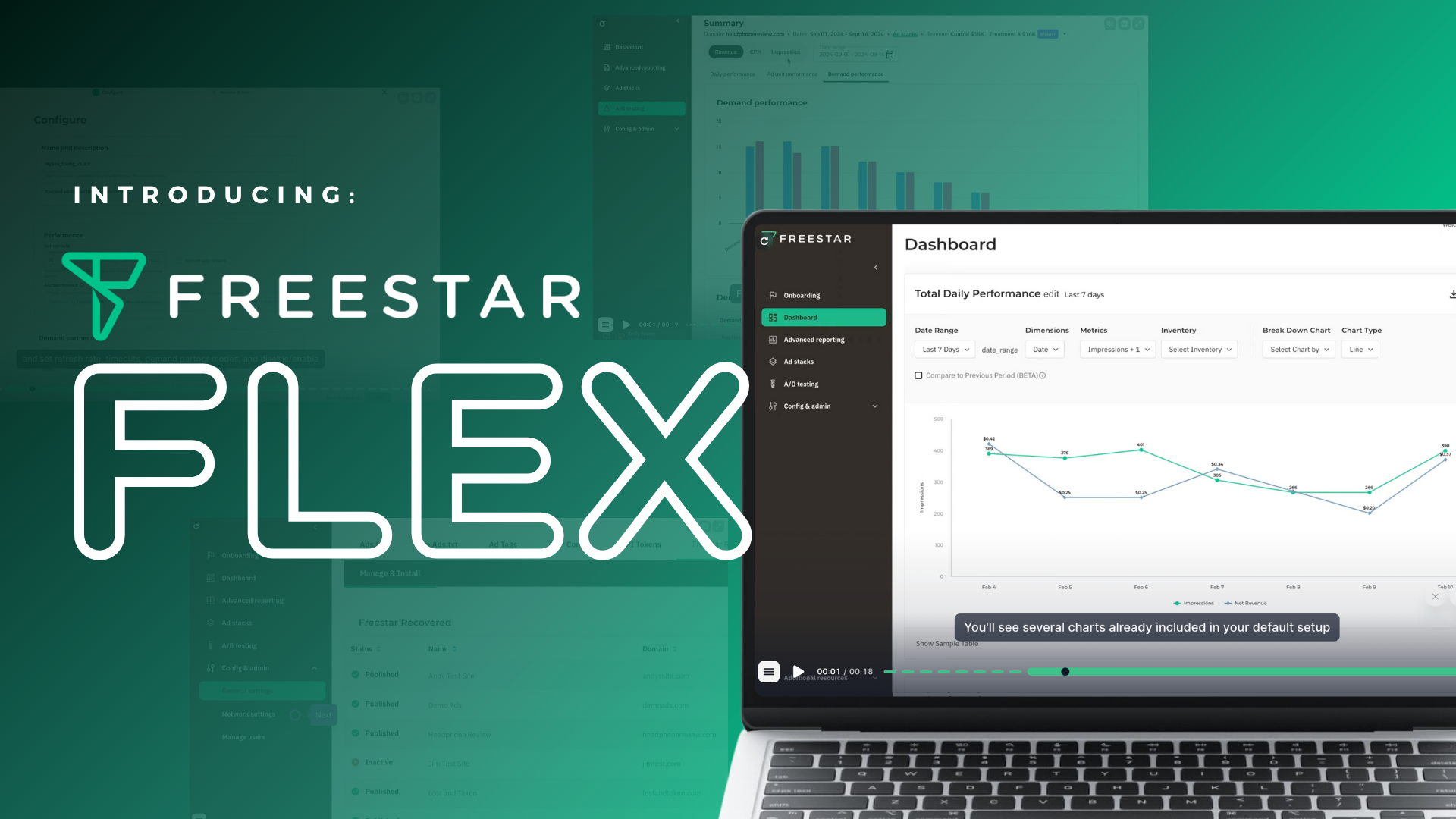One of the most popular ways to generate revenue from a mobile app is through ads. With mobile ad spending projected to reach $355.1 billion by 2023, it’s no surprise that more and more app developers are turning to ads as a revenue stream. While ads can be a great way to monetize your app, it’s essential to understand how to implement them effectively to maximize revenue without harming the user experience.
This blog will explore various strategies for increasing mobile app revenue through ads. From selecting the suitable ad format to optimizing ad placement and targeting, we will cover everything you need to know to maximize your app’s ad revenue potential. So, if you want to increase your mobile app revenue through ads, keep reading to learn how to do it correctly.
How much does an app make per ad?
The amount an app can make per ad can vary widely depending on several factors. These factors include the type of ad format, the ad length, the platform it’s being served on, and the users’ geographic location.
In general, the revenue from ads is calculated on a cost per thousand (CPM) basis, which means that the advertiser pays a certain amount for every thousand views of their ad. The average CPM for mobile ads can range from $3 to $10 or more, depending on the abovementioned factors.
For example, if an app developer serves a 30-second video ad with a CPM of $5 to their users, and 10,000 users watch the ad, the revenue generated from the ad would be $50. However, it’s important to note that the actual revenue the developer earns can be lower due to ad serving fees and revenue share agreements with ad networks.
It’s also worth mentioning that some ad networks offer a revenue share model, where developers can earn a percentage of the revenue generated by the ads served in their app. In this case, the revenue earned per ad will depend on the revenue share percentage agreed upon between the developer and the ad network.
Overall, the amount an app can make per ad can vary widely, and it’s essential to consider all the factors that can affect the revenue generated from ads in your app.
What factors affect mobile app ad revenue?
Several factors can affect the revenue generated from mobile app ads. Understanding these factors can help app developers optimize ad revenue and increase their app’s profitability. Some of the critical factors that can impact mobile app ad revenue include:
- Ad Format: The ad format can significantly impact the revenue generated from ads. Different ad formats, such as rewarded ads, interstitial ads, and in-stream ads, can have varying CPM rates and engagement levels.
- Platform: The platform on which the app is being served can impact ad revenue. Different platforms, such as iOS and Android, may have varying ad rates due to user behavior and advertiser demand differences.
- Geographic Location: The geographic location of the app’s users can also impact ad revenue. Depending on their target audience, advertisers may be willing to pay more for ads served to users in specific regions or countries.
- User Demographics: Advertisers may be willing to pay more to target specific demographics, such as age, gender, or interests. Apps with a user base that matches the advertiser’s target audience may generate higher ad revenue.
- Ad Placement: The placement of the ad within the app can also impact revenue. Ads placed in strategic locations, such as between levels or during natural breaks in app usage, may have higher engagement rates and generate more revenue.
- Ad Network: The ad network used by the app can also impact revenue. Different ad networks may have varying CPM rates and revenue share agreements, which can affect the revenue generated from ads.
In summary, several factors can affect mobile app ad revenue. App developers should consider these factors when implementing ads in their apps and work to optimize their ad revenue by experimenting with different ad formats, lengths, platforms, locations, demographics, ad placements, and ad networks.
8 Tips to Increase App Ad Revenue
- Strategic Ad Layout – Focus on monetizing the highest traffic screens where they will be impactful. There will always be some degree of weight attached to any ad tech integrated within an SDK, so implementing ad units only on screens with very low traffic or placing them mostly BTF will create weight on the app without significant revenue benefit. Try to implement ads where that will be more viewable and be considered most valuable to the buyer.
- Utilize Fixed/Sticky Placements – This creates more viewable inventory, and you can utilize refresh to garner additional impressions since the ad is constantly in-view.
- Diversify Ad Formats – The more opportunities for ad formats, the more demand you can capture from buyers. Different ad formats competing against one another in the same placement can also be an excellent way to capture multiple demand sources for the highest yield.
- Utilize higher impact formats such as Interstitial or Video – Full-screen interstitials can be frequency capped and configured to render at a point where they are not disruptive to the user experience, such as between pages where there is a natural break from looking at content. You can also implement video in a way that makes sense for your user base. A scrollable video thumbnail may make sense for long article content because the user can collapse the unit or move it around their screen to move it away from the content. For gaming apps, a rewarded video unit can be a great way to get users to opt into watching a video ad in exchange for in-app currency
- Utilize Timeout Rates at the Ad Unit Level – For in-content ads, a shorter timeout rate might make sense to speed up the auction and force an ad to render before the user can scroll past the ad container. A longer timeout rate for a fixed unit might make more sense because you can extend the auction long enough to get the highest CPM out of each auction.
- Increase Demand for Your Inventory – Bring in several client-side and server-side demand partners to compete for impressions. This will increase the chance of ad fill and drive up CPMs due to competition. Some demand partners specialize only in specific ad formats or geos, so bring on partners that make sense for your app.
- Strategically price inventory – Implement price floors to force buyers to increase their bids for your inventory without decreasing the fill rate too much. Consider factors like ad format, geo, viewability rate, and OS when determining where price floors should be set.
- Increase your app traffic – The more users that visit your app, the more impressions can be served, and the higher you can scale your revenue
Maximize Your Mobile App Ad Revenue with Freestar
How much does an app make per ad? That depends on many factors, one of which is the ad tech partner you choose to work with. At Freestar, we pride ourselves on our demonstrated history of bringing app publishers’ ad revenue to previously unseen heights.
To partner with Freestar and increase your app revenue, all you have to do is get in touch. Reach out to our team by filling out this form.





